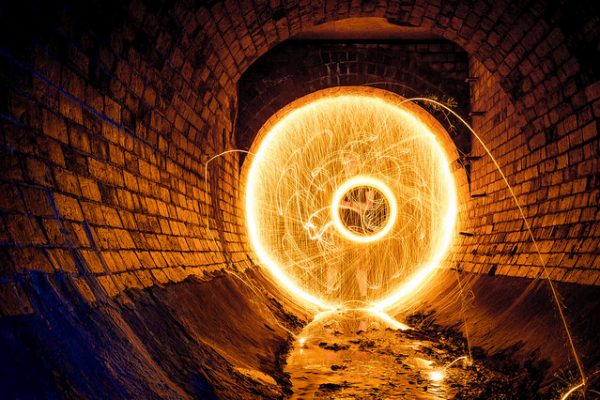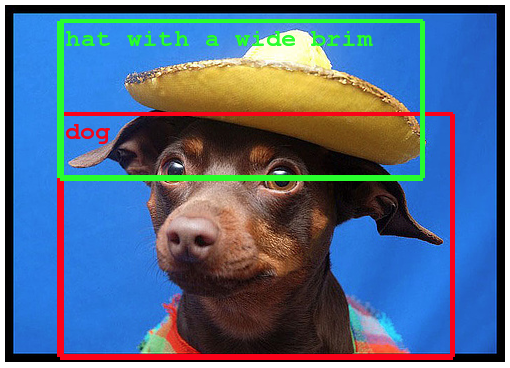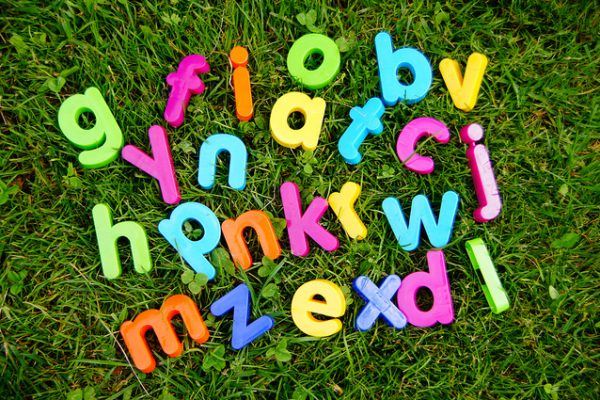Applied Deep Learning in Python Mini-Course
Last Updated on December 11, 2019 Deep learning is a fascinating field of study and the techniques are achieving world class results in a range of challenging machine learning problems. It can be hard to get started in deep learning. Which library should you use and which techniques should you focus on? In this post you will discover a 14-part crash course into deep learning in Python with the easy to use and powerful Keras library. This mini-course is intended for […]
Read more








